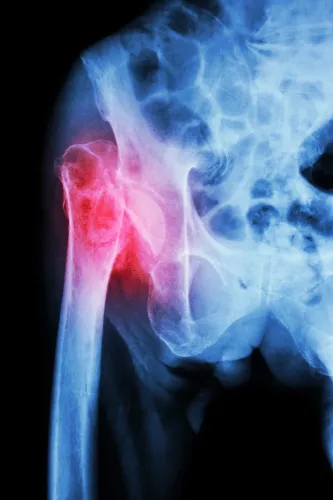ED Coding and Reimbursement Alert
Halt Your Faxing Faux Pas With a Few Simple Steps
Medical professionals still fax frequently, and your staff members should understand how to keep these communications private. Although fax machines have largely been replaced by electronic communications in many offices and homes, medical professionals are among the few who still fax frequently. From referrals between physicians to information requested by insurers, emergency departments tend to still send faxes somewhat frequently. In fact, a 2019 survey by healthcare communication firm Tiger Connect found that about 89 percent of health care organizations were still using fax machines, even though most other businesses had phased out faxing. Unfortunately, fax blunders still rank as one of the most common HIPAA violations, because private patient health information can be accidentally faxed to the wrong number, or could fall into the wrong hands when sent to fax machines that are in public spaces. Consider employing the following tips to ensure that you don’t fall prey to a faxing faux pas. 1. Program and maintain your frequently dialed numbers. You’ll decrease the likelihood of touching the wrong numbers if you program regularly dialed fax numbers into the fax machine. That way, you’ll be faxing someone by pressing a single button rather than typing in a long string of digits. But you shouldn’t stop there. Check in with your frequent fax recipients on a quarterly or annual basis to make sure their numbers haven’t changed. Best practice: Don’t just circulate your auto-dial list throughout your ED or billing office. Instead, post it next to your fax machine so your staff members can easily refer to it when ready to send a fax. You can help staff members separate the numbers in your list by using an alternating shaded background or thick lines between numbers. 2. Verify your new numbers. If you need to send a fax to a place you don’t normally deal with, send a test page asking for a telephone confirmation. And if you are sending highly sensitive information — such as patient test results — get a talk number and call first each time to make sure you’ve got the right number. Then follow up afterward to ensure that the recipient got your fax. 3. Follow the minimum necessary rule. You are not required to send faxes, though doing so is probably more convenient. Cut out potential violations by only sending the most basic information. Rule of thumb: Never fax medical records. You just never know who’s going to get records at the other end and you can’t make sure they’re safe. By only faxing limited information, you’ll keep sensitive PHI out of unauthorized hands. 4. Confirm that your faxes went to the right place. Most machines print out a confirmation after each fax is sent. Check the number you sent information to against the number on that confirmation. Tip: If the numbers don’t match up, you should immediately explain the mistake to the recipient and ask them to shred the information they received. 5. Make your employees responsible for catching fax mishaps. You can teach your ED staff members to police themselves in this area. That way, someone in the office may catch a fax mistake before it becomes a violation. Plan of attack: Encourage your staff to act on their HIPAA training. Tell them, “If you see something happening, don’t just call us — do something to stop it.” Lesson Learned: Build your staff members’ confidence in their privacy rule know-how and you’ll stop leaks before they happen. If a staff member knows that their co-workers are keeping their eyes open for potential fax gaffes, they’ll be less likely to make careless mistakes when sending (or receiving) faxed communications.

Related Articles
ED Coding and Reimbursement Alert
- Foreign Body Removal:
Master FBR Coding With 6 Quick Tips
From gunshots to splinters, understand when something qualifies as a foreign body removal. You may [...] - Patient Privacy:
Halt Your Faxing Faux Pas With a Few Simple Steps
Medical professionals still fax frequently, and your staff members should understand how to keep these [...] - Electrocardiogram Coding:
Eliminate ECG Confusion by Differentiating Services
Hint: You may need to count leads before you can select the right code. Reporting [...] - You Be the Coder:
Can You Code a Retinal Migraine?
Question: Notes indicate that the provider treated a patient with a “retinal migraine.” I’ve never [...] - Reader Questions:
Extinguish Smoke Inhalation Coding Fires
Question: Our ED physician saw a patient presenting with symptoms of coughing, shortness of breath, [...] - Reader Questions:
Nail Down Codes for Bimalleolar Fracture Repair
Question: My ED provider performed closed treatment of a lateral and medial malleoli ankle fracture [...] - Reader Questions:
Observe These Observation Diagnosis Rules
Question: Should we report the observation diagnosis codes (Z03-Z05) as primary diagnoses or secondary? Or [...]




